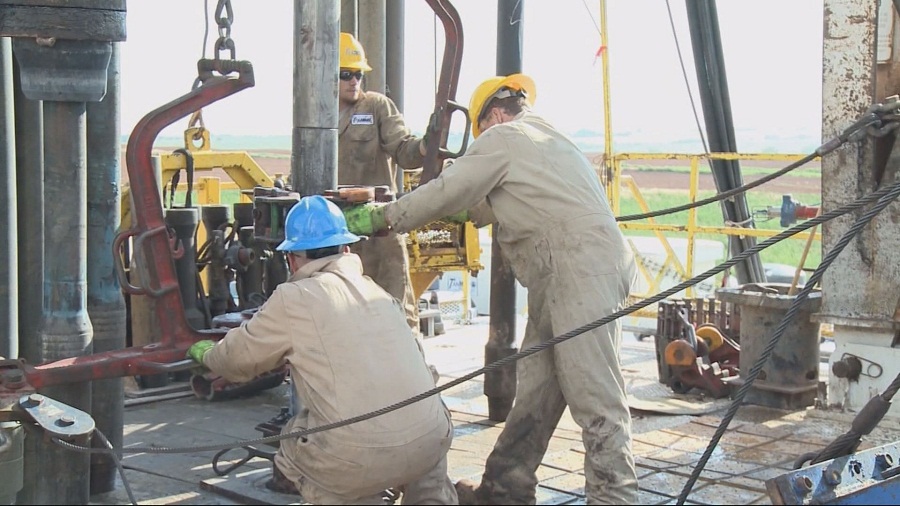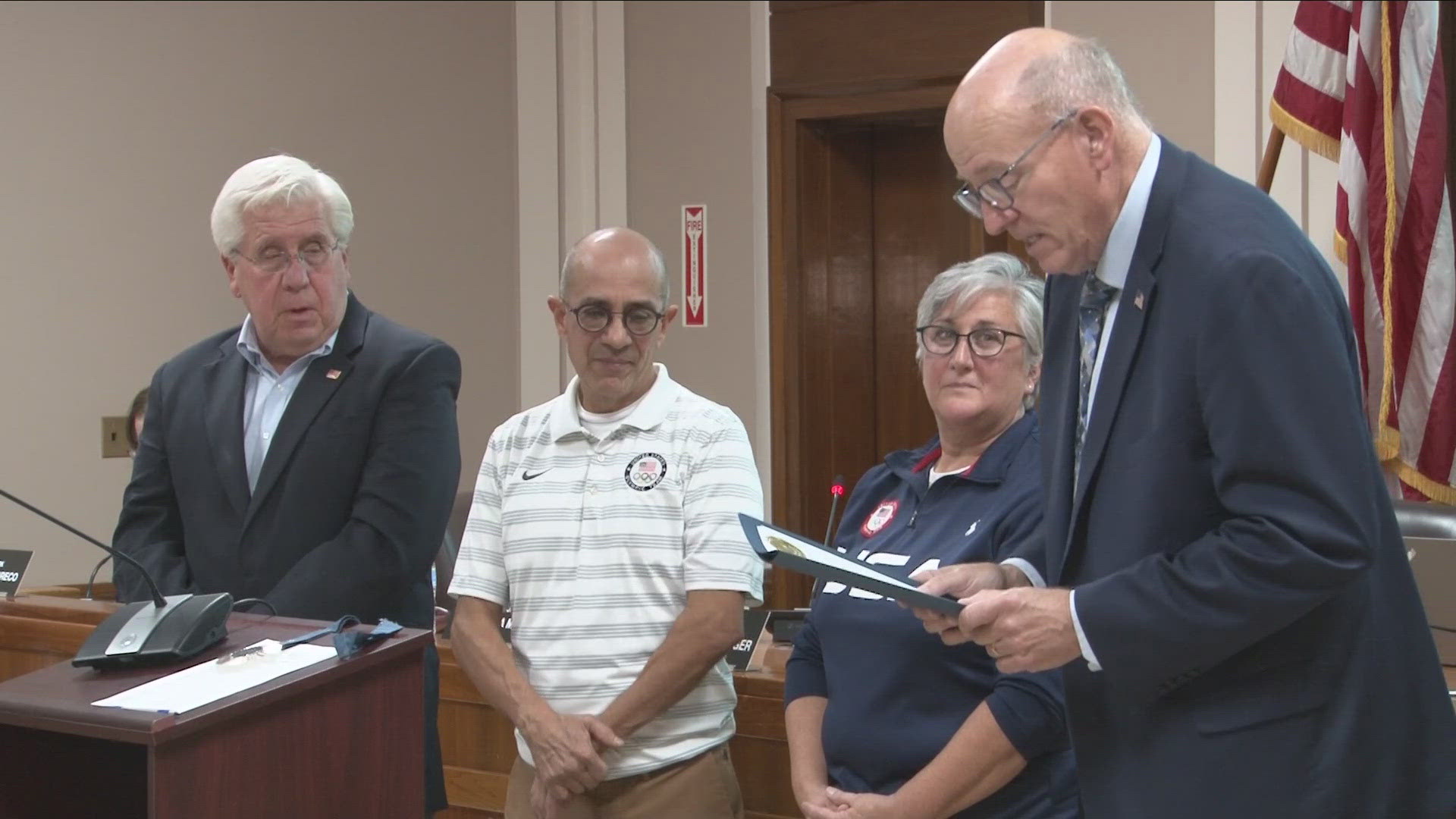ALBANY - The state Department of Environmental Conservation released a 2,000-page, seven-years-in-the-making report Wednesday that lays the groundwork for the state's promised ban of large-scale hydraulic fracturing.
The release of the voluminous document, known as the Final Supplemental Generic Environmental Impact Statement, is one of the state's last steps before it can prohibit high-volume fracking for natural gas, as Gov. Andrew Cuomo's administration pledged to do last December.
The report, released just after 4 p.m. Wednesday, clears the way for state Environmental Conservation Commissioner Joseph Martens to issue a final order prohibiting the much-debated technique from moving forward in New York.
Now, state law says Martens must wait at least 10 days before issuing his "findings statement," a separate, legally binding document that will be closely scrutinized by the natural-gas industry and pro-fracking groups for any missteps that could be an opening for a lawsuit.
"The Final SGEIS is the result of an extensive examination of high-volume hydraulic fracturing and its potential adverse impacts on critical resources such as drinking water, community character and wildlife habitat," Martens said in a statement Wednesday.
The release of the report Wednesday was the culmination of a nearly seven-year process that has spanned two governors and three environmental conservation commissioners while drawing more than 260,000 public comments, an unprecedented amount for a state action of this sort.
Then-Gov. David Paterson first launched the process in July 2008, when he requested the report and put large-scale fracking on hold until it was done. That de facto moratorium has held ever since.
In December, Cuomo's administration announced its plan to prohibit high-volume fracking after Health Commissioner Howard Zucker issued a long-anticipated report outlining his concerns about its potential negative effects on human health.
The DEC's report issued Wednesday lays out the potential benefits and negative impacts of fracking, a technique in which water, sand and chemicals are blasted deep underground to release natural gas from shale formations, such as the gas-rich Marcellus Shale that spans the economically struggling Southern Tier.
From there, the report lays out a series of measures the state could use to lessen the negative effects, such as a ban on fracking within the New York City and Syracuse watersheds and strict rules on where drilling pads can be placed.
But Chapter 9 of the 2,000-page document lays out the option Martens has signaled he is likely to choose: the "no-action alternative," in which the state would deny any applications for high-volume fracking. The across-the-board denial would apply to any fracking that uses 300,000 gallons or more of fluid.
"The impacts to water resources that would be avoided by the no-action alternative merit special attention," the report reads. "Even with mitigation measures in place, the risk of spills and other unplanned events resulting in the discharge of toxic pollutants over a wide area would not be eliminated. Moreover, the level of risk such spills pose to public health is highly uncertain."
When finalized, New York would become the first shale-bearing state to prohibit high-volume fracking, which is permitted in Pennsylvania and many other states.
The document drew a largely positive response from environmental and anti-fracking groups, though at least one organizer expressed concerns. Fracking opponents had trailed Cuomo across much of the state during his first term in office, urging him to implement a statewide ban.
Kate Sinding, senior attorney for the Natural Resources Defense Council, said the final SGEIS "appears to solidly backup the governor's decision to ban fracking in New York."
"In the coming days, we will be digging through this lengthy analysis with a fine-tooth comb," Sinding said in a statement. "The governor has rightfully let science and the will of the people be his guide, despite pressure from a powerful industry."
The final document was criticized by business groups, pro-fracking Southern Tier landowners and API New York, the state chapter of a major natural-gas industry trade group, which has promised to explore its legal options to try and overturn the promised ban.
"This politically motivated document adds salt to the wounds across the state leaving New Yorkers wondering where the jobs will come from now," Karen Moreau, executive director of API New York, said in a statement.
Walter Hang, owner of Ithaca-based environmental database firm Toxics Targeting, said he has "grave concerns" about the report. Nothing in the document requires Martens to issue an order banning fracking, he noted.
Hang has helped organize fracking critics across much of the Southern Tier, staging rallies outside of many of Cuomo's events dating back to his gubernatorial campaign in 2010. He called on the DEC to release the text of Martens' findings statement before it's made official.
"When you look at this document, that's the bottom line: it does not specifically prohibit it," Hang said. "On the contrary, it actually provides the authority to allow shale fracking to occur if it's authorized."
Unshackle Upstate, a Rochester-based business group, said the fracking ban means New York "missed out on a transformative economic opportunity."
"Allowing safe, responsible natural gas development in the Southern Tier would have created thousands of good paying jobs in a region that truly needs them," said Greg Biryla, the group's executive director.
To read the Final Supplemental Generic Environmental Impact Statement, New York's long-anticipated fracking review, visit: http://www.dec.ny.gov/energy/75370.html
What's next?
Environmental Conservation Commissioner Joseph Martens must wait at least 10 days before issuing a legally binding "findings statement," which he has previously said will prohibit high-volume fracking in New York.


